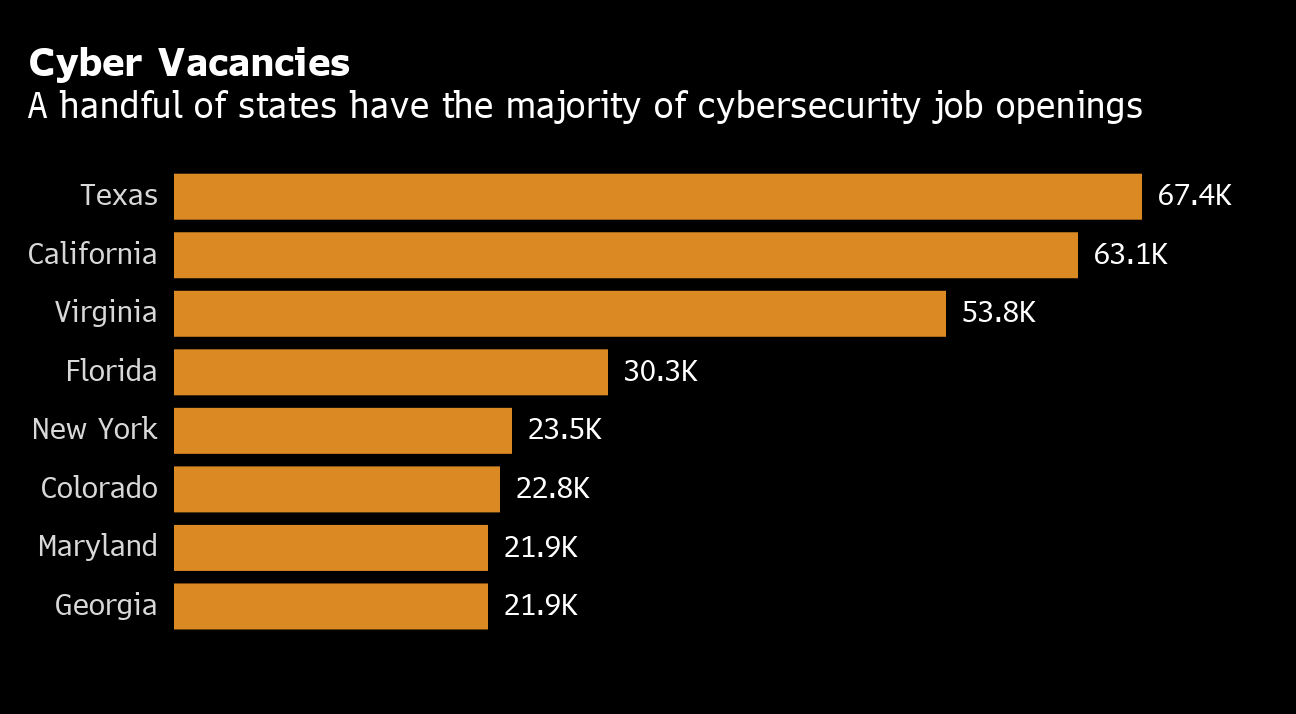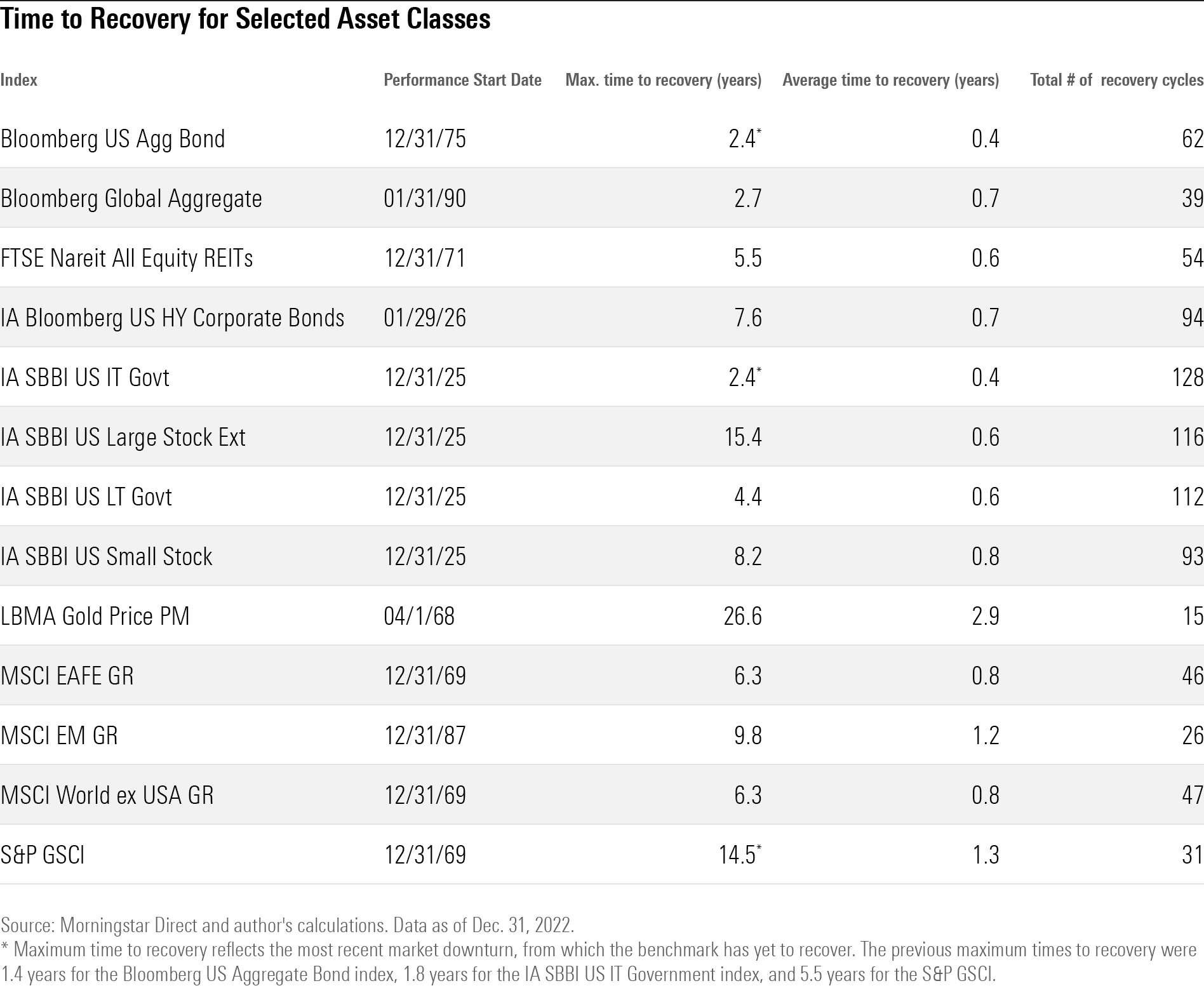Introduction
Investments play a crucial role in driving economic growth and prosperity. Government and business are two key players that influence and shape the investment landscape. While their roles may differ, both entities contribute to creating an environment that fosters investment opportunities and ensures their success.
The government’s involvement in investments is essential to provide a stable and supportive framework. Through regulations and oversight, the government ensures that investments adhere to legal and ethical standards, protecting investors and maintaining market integrity. Additionally, the government plays a crucial role in promoting infrastructure development, as well as ensuring a fair and competitive market through policies and legislation.
Businesses, on the other hand, drive investments through various means. They allocate funds, strategically invest capital, and manage risks to maximize returns. Businesses also contribute to innovations, technological advancements, and job creation, driving economic growth and productivity. Profit generation is central to business investments, as it incentivizes further investments and promotes sustainable growth.
Understanding the roles that government and business play in investments is essential for a well-functioning economy. In this article, we will explore in more detail how government regulations and incentives influence investments, as well as the vital role businesses play in funding, risk management, profit generation, and innovation. By delving into these areas, we can gain a comprehensive understanding of how both government and business contribute to fostering a favorable investment environment.
The Role of Government in Investments
The government plays a crucial role in facilitating a conducive environment for investments. Its actions and policies are instrumental in ensuring market stability, fair competition, and investor protection.
1. Government Regulation and Oversight: Governments impose regulations and oversight to ensure investments adhere to legal and ethical standards. This includes enforcing laws related to financial transactions, securities, and corporate governance. By doing so, the government aims to protect investors from fraudulent practices and promote transparency in the investment process.
2. Providing Incentives and Subsidies: Governments often provide various incentives and subsidies to encourage investments in specific sectors or regions. These incentives may include tax breaks, grants, or low-interest loans. By offering such benefits, the government seeks to attract investors, stimulate economic growth, and promote job creation in targeted industries.
3. Promoting Infrastructure Development: Governments play a pivotal role in developing and maintaining critical infrastructure. Infrastructure projects such as transportation networks, communication systems, and power grids are essential for attracting investments. By investing in infrastructure development, the government enhances connectivity and facilitates the smooth flow of goods, services, and information, creating a favorable environment for business growth.
4. Ensuring Market Stability and Fair Competition: Governments intervene to ensure market stability and prevent monopolistic practices. They regulate mergers and acquisitions to avoid the concentration of power, promoting fair competition. Maintaining market stability is crucial for instilling investor confidence and encouraging long-term investments.
In summary, the government’s role in investments is multi-faceted. It establishes regulations to protect investors, provides incentives to attract investments, promotes infrastructure development, and ensures fair competition. These efforts collectively contribute to creating a stable and supportive investment environment that fosters economic growth and prosperity.
Government Regulation and Oversight
Government regulation and oversight are essential elements in ensuring that investments operate within legal and ethical boundaries. By implementing regulations and conducting oversight, the government aims to protect investors, promote market integrity, and maintain trust in the investment process.
Government regulation involves the creation and enforcement of laws and policies that govern investment activities. These regulations cover a wide range of areas, such as financial transactions, securities, insider trading, and corporate governance. By establishing clear rules and standards, the government ensures that investors are well-informed, and their rights are protected.
Oversight mechanisms, such as regulatory agencies, are responsible for monitoring and enforcing compliance with investment regulations. These agencies have the authority to investigate potential violations, impose penalties, and take corrective actions. They play a crucial role in detecting and deterring fraudulent activities, market manipulation, and other illegal practices that could harm investors and undermine market fairness.
One key aspect of government regulation is to ensure transparency and disclosure in investment transactions. Publicly traded companies are required to provide accurate and timely information about their financial performance, operations, and material risks to investors. This enables investors to make informed decisions and reduces asymmetrical information, which can give certain parties an unfair advantage.
Additionally, government regulation helps protect investors from fraudulent schemes and unethical practices. It sets standards for the conduct of investment professionals, such as financial advisors and brokers, to ensure they act in their clients’ best interests. Regulations also establish mechanisms for handling complaints and disputes, providing investors with a recourse if they believe they were treated unfairly or deceived.
Moreover, government regulation plays a vital role in maintaining market stability. It sets limits on speculative activities and imposes restrictions on certain risky investment practices. By doing so, the government aims to mitigate systemic risks and prevent market bubbles that could have detrimental effects on the economy.
In summary, government regulation and oversight are crucial in ensuring that investments operate within legal and ethical boundaries. These measures protect investors, promote transparency, and maintain market integrity. By implementing effective regulations and oversight mechanisms, the government contributes to creating a level playing field and instilling trust in the investment process.
Providing Incentives and Subsidies
The government plays a role in stimulating investments by providing various incentives and subsidies to businesses. These incentives are designed to promote economic growth, attract investments, and foster innovation in specific industries or regions.
One common form of incentive is tax breaks or reductions. Governments may offer tax incentives to businesses that invest in certain sectors or regions deemed important for economic development. These tax incentives can include exemptions, deductions, or preferential tax rates, reducing the overall tax burden for qualifying businesses. By reducing taxes, the government aims to encourage investment, increase business activity, and stimulate job creation.
Another way the government provides incentives is through grants and financial assistance programs. These programs offer funding support to businesses, particularly in strategic industries or innovative ventures. Grants can help cover a portion of capital expenditure, research and development costs, or training expenses. By providing financial assistance, the government helps alleviate the financial burden and encourages businesses to invest in areas that drive economic growth and technological advancement.
In some cases, the government may offer low-interest loans or loan guarantees to businesses. These incentives provide access to affordable financing, enabling businesses to undertake investment projects that they may not have been able to undertake otherwise. By facilitating access to capital, the government aims to stimulate business expansion, job creation, and overall economic development.
Aside from financial incentives, governments may also offer non-financial incentives to attract investments. For example, they may provide access to infrastructure support, such as improving transportation networks or developing industrial parks. These infrastructure enhancements make investments more attractive by reducing logistical challenges and overhead costs.
Furthermore, the government may establish special economic zones or free trade zones, which offer businesses a range of incentives. These zones often have reduced or waived custom duties, simplified regulatory procedures, and streamlined bureaucracy. By creating these zones, governments aim to attract foreign direct investment and foster international trade, boosting economic activity and creating employment opportunities.
Overall, providing incentives and subsidies is a way for the government to encourage businesses to invest in strategic sectors or regions. These incentives can range from tax breaks and financial assistance to infrastructure support and specialized economic zones. By offering such incentives, the government aims to drive economic growth, attract investments, stimulate innovation, and create a favorable environment for businesses to thrive.
Promoting Infrastructure Development
Infrastructure plays a vital role in attracting and facilitating investments. Governments recognize the importance of robust infrastructure and often take active steps to promote its development. By investing in infrastructure, governments create a favorable environment for businesses to operate and thrive.
Infrastructure development encompasses a range of sectors, including transportation, communication, energy, and utilities. Governments allocate significant resources to build, maintain, and upgrade infrastructure to meet the needs of businesses and facilitate seamless economic activities.
One key aspect of infrastructure development is transportation networks. Governments invest in building and upgrading roads, highways, railways, ports, and airports to improve connectivity and facilitate the movement of goods, services, and people. A well-developed transportation system reduces logistical costs for businesses, improves supply chain efficiency, and enhances access to markets, both domestically and internationally.
In addition to transportation, investments in communication infrastructure, such as broadband internet connectivity and telecommunications networks, are crucial. Businesses rely on efficient and reliable communication systems for seamless operations, data transfer, and access to information. Governments play a role in expanding broadband coverage, improving network infrastructure, and ensuring that businesses have access to high-speed internet connections.
Energy infrastructure is another important component of promoting investments. Governments invest in power generation, transmission, and distribution systems to ensure a reliable supply of energy for businesses. Stable and affordable energy supply is vital for industries to function efficiently and for attracting energy-intensive investments.
Furthermore, governments promote the development of utility infrastructure, such as water supply and sanitation systems. Access to clean water and proper sanitation facilities is essential for businesses to operate and employees to work in a healthy environment. Governments invest in water infrastructure to ensure adequate supply and wastewater treatment to protect the environment.
By actively investing in infrastructure, governments create a competitive advantage for businesses and attract investment opportunities. Infrastructure development not only benefits businesses directly but also spurs job creation, stimulates economic growth, and enhances the overall quality of life for citizens.
Moreover, infrastructure development often leads to multiplier effects. For example, the construction of a new road or airport can stimulate additional investments in surrounding areas, such as hotels, restaurants, and retail establishments. This, in turn, generates economic activity and creates employment opportunities, further attracting investments and businesses.
In summary, promoting infrastructure development is a crucial role played by governments in attracting and facilitating investments. Through investments in transportation, communication, energy, and utility infrastructure, governments create an environment conducive to business operations, economic growth, and job creation.
Ensuring Market Stability and Fair Competition
Government intervention is crucial in ensuring market stability and promoting fair competition in the investment landscape. By implementing regulations, policies, and oversight mechanisms, governments aim to create a level playing field for businesses, protect investors, and prevent market distortions.
One key role of the government is to establish and enforce antitrust laws. These laws aim to prevent monopolies and ensure fair competition in the market. Governments closely monitor mergers, acquisitions, and business practices that could potentially harm competition. By promoting fair competition, governments encourage innovation, maintain consumer choice, and prevent the concentration of economic power in the hands of a few dominant players.
Government regulations also aim to mitigate systemic risks and maintain market stability. This is particularly crucial in the financial sector, where excessive risk-taking and speculative activities can have far-reaching consequences. Governments implement regulations that require financial institutions to maintain adequate capital buffers, adhere to risk management practices, and conduct stress tests. These measures help prevent financial crises and ensure the stability of the investment ecosystem.
Additionally, governments establish regulations and oversight mechanisms to protect investors. They require companies to disclose accurate and timely information about their financial performance, operations, and potential risks. This enables investors to make informed decisions and reduces information asymmetry. Governments also establish regulatory agencies to investigate and penalize fraudulent practices, market manipulations, and insider trading. These measures protect investors from fraudulent schemes and ensure market integrity.
Government intervention is particularly important during times of economic downturn or crisis. Governments may implement stimulus packages, monetary policies, or fiscal measures to stabilize markets, boost investor confidence, and encourage investment. These interventions aim to prevent a prolonged economic downturn and facilitate a swifter recovery.
In summary, governments play a crucial role in ensuring market stability and fair competition. By implementing antitrust laws, regulating financial institutions, protecting investors, and intervening during economic crises, governments foster an environment that supports healthy competition, protects investors’ interests, and maintains overall market stability.
The Role of Business in Investments
Businesses are integral to the investment landscape, as they drive investments through their funding, risk management, profit generation, and innovative practices. By actively participating in investment activities, businesses contribute to economic growth, job creation, and technological advancement.
1. Funding and Capital Allocation: Businesses play a critical role in funding investments. They allocate capital from various sources, such as internal funds, bank loans, or equity financing. Through this capital allocation process, businesses determine which investment projects to pursue based on potential returns and strategic priorities. By effectively deploying capital, businesses drive investment activities and stimulate economic growth.
2. Risk Management and Analysis: Businesses are responsible for assessing and managing investment risks. They conduct thorough risk assessments, analyzing factors such as market conditions, regulatory environment, and operational challenges. Through risk management practices, businesses aim to minimize the likelihood of negative outcomes and protect their investments. Effective risk analysis and management enhance investors’ confidence and enable businesses to make informed investment decisions.
3. Profit Generation: Profit generation is a central objective for businesses engaging in investments. By investing in projects that generate profits, businesses not only ensure their own sustainability but also attract further investments. Profitable investments yield returns that can be reinvested in expanding business operations, research and development, or other growth initiatives. Profit generation also contributes to economic growth by creating employment opportunities, boosting consumer spending, and driving tax revenue.
4. Innovation and Technological Advancement: Businesses are key drivers of innovation and technological advancement in investments. Through research and development efforts, businesses pioneer new ideas, products, and technologies. Innovations in areas such as clean energy, telecommunications, healthcare, and digital technologies often require significant investments. By investing in innovation, businesses stimulate economic growth, enhance productivity, and remain competitive in evolving markets.
Businesses also foster investment opportunities through entrepreneurial initiatives. Entrepreneurs identify gaps in the market or untapped potential and develop innovative business models to address these opportunities. By taking calculated risks and investing resources in new ventures, entrepreneurs contribute to job creation, economic diversification, and the overall investment ecosystem.
In summary, the role of businesses in investments is multifaceted and vital to the functioning of the investment landscape. Through funding, risk management, profit generation, and innovation, businesses play a significant part in driving economic growth, job creation, and technological advancements.
Funding and Capital Allocation
Funding and capital allocation are fundamental aspects of the role businesses play in investments. As investment opportunities arise, businesses are responsible for determining how to finance these ventures and allocate their capital effectively.
Businesses acquire funding from various sources, including their own internal funds, bank loans, equity financing, or a combination of these options. The decision-making process involves assessing the potential returns and risks associated with each investment opportunity. By evaluating projected profitability, market conditions, and strategic priorities, businesses can make informed decisions on how to allocate their capital.
Effective capital allocation is crucial for businesses to maximize their investments. It requires careful evaluation of different projects or business units and determining which ones offer the highest potential returns. By focusing resources on projects with favorable risk-reward profiles, businesses can optimize their investment choices and enhance overall performance.
Furthermore, businesses play a role in allocating capital across different investment types. This can include investing in tangible assets such as machinery, equipment, or real estate, as well as intangible assets like research and development, intellectual property, or marketing. By strategically distributing resources across a range of investment types, businesses can diversify their portfolio and manage risk.
In addition to allocating capital, businesses need to consider the timing of their investments. For example, businesses may choose to invest during economic downturns when asset prices are lower, or in emerging industries that show long-term growth potential. By carefully timing their investments, businesses can capitalize on market conditions and optimize their returns.
Furthermore, businesses engage in ongoing monitoring and evaluation of their investments. They assess the performance of their investments against predefined financial and strategic goals. This allows businesses to identify underperforming investments, make informed adjustments, and reallocate resources to more promising opportunities.
Effective funding and capital allocation practices contribute to the growth and sustainability of businesses. By making sound investment decisions and optimizing capital utilization, businesses lay the foundation for future success. Additionally, strategic capital allocation supports job creation, economic development, and overall productivity.
In summary, funding and capital allocation are essential components of the role businesses play in investments. Businesses determine how to finance their investment projects and allocate capital wisely to optimize returns and mitigate risk. By effectively managing their capital, businesses contribute to economic growth, job creation, and the overall success of investment endeavors.
Risk Management and Analysis
Risk management and analysis are critical components of the role businesses play in investments. Businesses must assess and manage various risks associated with investment opportunities to protect their assets and optimize returns.
One key aspect of risk management is conducting thorough risk analysis. Businesses evaluate factors such as market conditions, regulatory environment, competitive landscape, and operational challenges to identify potential risks. This analysis helps businesses understand the likelihood and potential impact of different risks, enabling them to make informed investment decisions.
Businesses also engage in risk mitigation strategies to reduce the likelihood or impact of identified risks. This could involve implementing internal control systems, diversifying investment portfolios, or creating contingency plans for potential adverse events. By proactively addressing risks, businesses can mitigate potential losses and safeguard their investments.
Furthermore, risk management involves monitoring and adapting to changing market conditions. Businesses continuously evaluate the performance of their investments and adjust their strategies as needed. This adaptive approach allows businesses to respond to emerging risks or seize new opportunities, maximizing returns and minimizing potential losses.
During the investment process, businesses often have to navigate financial risks, such as liquidity risk, credit risk, or interest rate risk. Effective risk management practices involve implementing financial controls, maintaining sufficient liquidity reserves, and managing debt levels responsibly. This helps businesses optimize their financial position and reduce exposure to financial risks.
Another important aspect of risk management is compliance with legal and regulatory requirements. Businesses need to ensure that their investment activities adhere to applicable laws and regulations. Failure to comply with legal requirements can result in financial penalties, legal disputes, and reputational damage. Therefore, businesses invest resources in maintaining robust compliance programs and staying up-to-date with changing regulatory landscapes.
Effective risk management practices safeguard businesses’ investments and enhance their ability to withstand unforeseen challenges. By identifying and managing risks, businesses increase the likelihood of achieving their investment objectives while minimizing potential losses. This, in turn, contributes to the overall sustainability and success of business operations.
In summary, risk management and analysis play a crucial role in the investment activities of businesses. By conducting comprehensive risk assessments, implementing mitigation strategies, and continuously monitoring market conditions, businesses proactively protect their investments and optimize returns. Effective risk management practices contribute to the long-term sustainability and resilience of businesses in the investment landscape.
Profit Generation
Profit generation is a central objective for businesses engaging in investments. By investing capital in various projects and ventures, businesses aim to generate returns that contribute to their financial success and long-term sustainability.
Investments can yield profits through various means, such as capital appreciation, dividends, interest income, or rental income. Businesses carefully evaluate the potential profitability of investment opportunities before committing resources. By analyzing factors such as market conditions, demand, competition, and projected revenue streams, businesses assess the viability and potential returns of their investments.
Profit generation is crucial for businesses to reinvest in growth initiatives, expand operations, and repay debts. It allows businesses to allocate resources towards research and development, marketing, human capital development, and other activities that enhance their competitive edge and market position.
Furthermore, profit generation contributes to economic growth by creating employment opportunities. As businesses generate profits, they have the capacity to expand their workforce, resulting in job creation and reduced unemployment rates. This, in turn, stimulates consumer spending, drives economic activity, and fosters further investment opportunities.
Effective profit generation enables businesses to fulfill their financial obligations, such as paying employees, suppliers, and lenders promptly. Meeting these obligations helps maintain positive working relationships and strengthens the overall business ecosystem.
Moreover, profits can be reinvested to fund corporate social responsibility initiatives, philanthropic endeavors, or community development projects. By allocating resources towards socially responsible initiatives, businesses contribute to improving the well-being of society and creating a positive impact on the communities in which they operate.
Businesses also play a role in generating profits by optimizing operational efficiency and cost-effectiveness. By implementing strategies to minimize costs, optimize resource utilization, and streamline processes, businesses improve their bottom line and increase profitability. This frees up resources that can be reinvested in growth initiatives or distributed to shareholders.
In summary, profit generation is a fundamental aspect of business investments. By analyzing investment opportunities, generating returns, and reinvesting profits, businesses contribute to their financial success and long-term sustainability. Additionally, profit generation stimulates economic growth, creates employment opportunities, and enables businesses to make positive contributions to society.
Innovation and Technological Advancement
Innovation and technological advancement are key drivers of progress in investments, and businesses play a critical role in fostering innovation and driving advancements in various industries.
Businesses invest resources in research and development (R&D) to create new products, services, processes, or improve existing ones. Through R&D initiatives, businesses identify market opportunities, explore new technologies, and develop innovative solutions to meet customer needs. By investing in innovation, businesses strive to stay ahead of the curve, maintain market competitiveness, and drive growth.
Technological advancements have a transformative effect on investments. Businesses invest in emerging technologies and leverage them to streamline operations, enhance efficiency, and produce higher-quality goods or services. Technological advancements also enable businesses to access new markets, expand their customer base, and create innovative business models.
Moreover, businesses contribute to technological advancements by collaborating with external partners such as research institutions, universities, or startup incubators. Through partnerships and collaborations, businesses can access external expertise, share knowledge, and tap into new ideas and technologies. These collaborations fuel innovation, promote cross-pollination of ideas, and create an ecosystem conducive to technological advancements.
Businesses also act as catalysts for technological adoption across industries. By investing in new technologies and demonstrating their benefits, businesses encourage other stakeholders to adopt similar innovations. This domino effect drives technological advancement on a broader scale, benefiting the entire industry or sector.
Investments in innovation and technological advancement not only lead to business growth but also contribute to economic development. They create high-skill job opportunities, attract talent, and stimulate entrepreneurial activities. Additionally, innovative solutions often address societal challenges, promote sustainability, or improve quality of life.
Furthermore, businesses that invest in innovation gain a competitive advantage. They differentiate themselves in the market by offering unique products, services, or experiences. This uniqueness attracts customers, cultivates brand loyalty, and enhances market position. Businesses that are at the forefront of innovation often become industry leaders, influencing trends and shaping the investment landscape.
In summary, businesses play a vital role in driving innovation and technological advancement within investments. By investing in R&D, adopting emerging technologies, fostering partnerships, and promoting technological adoption, businesses fuel progress and contribute to economic growth. Innovation and technological advancements not only drive business success but also shape industries and benefit society as a whole.
Conclusion
Government and business both play crucial roles in the investment landscape, each contributing in unique ways to foster a conducive environment for investments.
The government’s role in investments involves regulation and oversight to ensure market integrity, investor protection, and fair competition. Governments provide incentives, subsidies, and infrastructure development to attract investments, stimulate economic growth, and create a stable environment for businesses to thrive.
Businesses, on the other hand, drive investments through funding and capital allocation. They manage risks, generate profits, and promote innovation and technological advancement. By effectively deploying capital, businesses create investment opportunities, stimulate economic growth, and contribute to job creation.
The collaboration between government and business is essential for a well-functioning investment ecosystem. Governments provide the legal and regulatory framework while businesses leverage their resources, expertise, and market knowledge to drive investments and economic prosperity.
In conclusion, the dynamic interplay between government and business creates an environment that encourages investments, supports economic growth, and fosters innovation. By understanding and appreciating the respective roles of government and business in investments, we can work towards building a thriving and sustainable investment landscape.

























